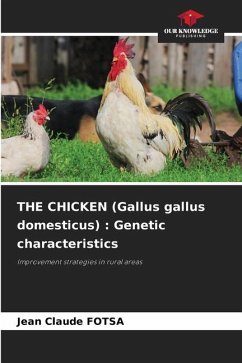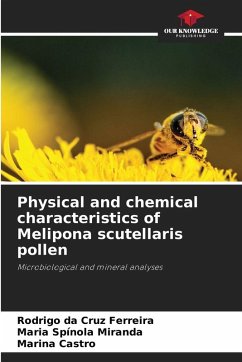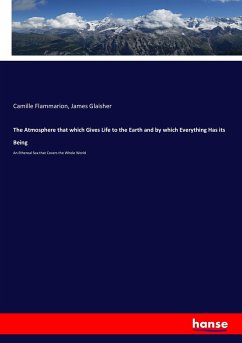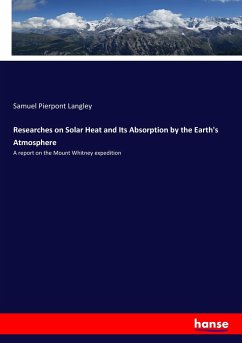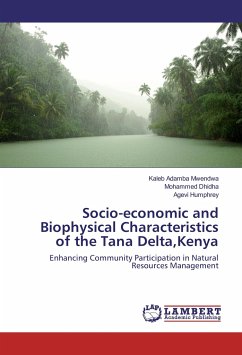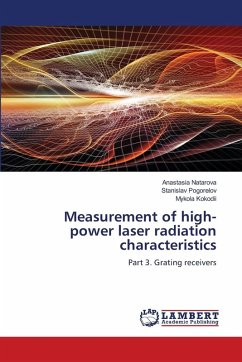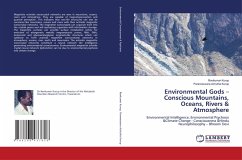
Turbulent characteristics between the forest and the atmosphere
Nocturnal CO2 exchange over the Uatumã forest, Amazonas, and the atmosphere
Versandkostenfrei!
Versandfertig in 6-10 Tagen
24,99 €
inkl. MwSt.

PAYBACK Punkte
12 °P sammeln!
The NLC was studied over an area of primary tropical forest in the state of Amazonas, Brazil. Some of the characteristics of the NLC were determined, particularly nocturnal turbulence regimes, by identifying existing differences related to the vertical exchange of CO2. Rapid response data of scalar and vector quantities of the atmosphere were used. The methodology applied allows for the characterization of the NLC into three dynamically stable regimes: 1) weak turbulence; 2) strong turbulence and, 3) intermittent turbulence, with the occurrence of "top-down" events. Based on this characterizat...
The NLC was studied over an area of primary tropical forest in the state of Amazonas, Brazil. Some of the characteristics of the NLC were determined, particularly nocturnal turbulence regimes, by identifying existing differences related to the vertical exchange of CO2. Rapid response data of scalar and vector quantities of the atmosphere were used. The methodology applied allows for the characterization of the NLC into three dynamically stable regimes: 1) weak turbulence; 2) strong turbulence and, 3) intermittent turbulence, with the occurrence of "top-down" events. Based on this characterization, some of the main statistical characteristics of each turbulent regime were investigated. As might be expected, turbulent CO2 fluxes increase as the value of the characteristic turbulent velocity scale, VTKE, associated with the turbulent kinetic energy measured above the surface, increases. Thus, they increase considerably with regime 2, associated with higher values of mean wind speed,and characterized by the occurrence of mixing in the atmospheric boundary layer, generated by forces that are not predominantly surface-based.





